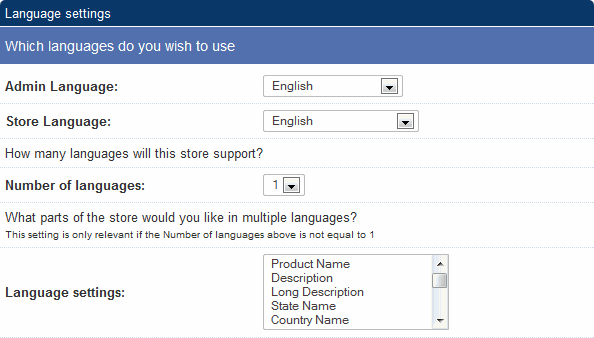

- #Free macromedia dreamweaver 8 full
- #Free macromedia dreamweaver 8 software
- #Free macromedia dreamweaver 8 code
- #Free macromedia dreamweaver 8 professional
- #Free macromedia dreamweaver 8 download
#Free macromedia dreamweaver 8 code
Web development company Allaire was acquired in 2001 and Macromedia added several popular servers and Web developments tools to its portfolio, including ColdFusion, a web application server based on the CFML language, JRun, a Java EE application server, and HomeSite, an HTML code editor that was also bundled with Dreamweaver.
#Free macromedia dreamweaver 8 software
In December 1999, Macromedia acquired traffic analysis software company Andromedia Corporation. As Flash matured, Macromedia's focus shifted from marketing it as a graphics and media tool to promoting it as a Web application platform, adding scripting and data access capabilities to the player while attempting to retain its small footprint. As of 2005, more computers worldwide had the Flash Player installed than any other Web media format, including Java, QuickTime, RealNetworks, and Windows Media Player. Macromedia renamed Splash to Macromedia Flash, and following the lead of Netscape, distributed the Flash Player as a free browser plugin in order to quickly gain market share.
#Free macromedia dreamweaver 8 download
Because of the small size of the FutureSplash Viewer application, it was particularly suited for download over the Internet, where most users, at the time, had low-bandwidth connections.

FutureSplash Animator was an animation tool originally developed for pen-based computing devices. Macromedia acquired FutureWave Software, makers of FutureSplash Animator, in November 1996.
#Free macromedia dreamweaver 8 professional
Over the next few years Dreamweaver became widely adopted among professional web authors, though many still preferred to hand-code, and Microsoft FrontPage remained a strong competitor among amateur and business users. Dreamweaver addressed this with its "Roundtrip HTML" feature, which attempted to preserve the fidelity of hand-edited source code during visual edits, allowing users to work back and forth between visual and code editing.
#Free macromedia dreamweaver 8 full
At the time, most professional web authors preferred to code HTML by hand using text editors because they wanted full control over the source. Macromedia developed a new HTML-authoring tool, Dreamweaver, around portions of the Backstage codebase and released the first version in 1997. In March 1996, Macromedia acquired iBand Software, makers of the Backstage HTML authoring tool and application server. FreeHand's vector graphics rendering engine and other software components within the program would prove useful to Macromedia in the development of Fireworks. With Macromedia's acquisition of Altsys, it received FreeHand thus expanding its product line of multimedia graphics software to include illustration and design graphics software. Because of the similarities with Adobe Illustrator, the Federal Trade Commission issued a complaint in October 1994 ordering a divestiture of FreeHand back to Altsys. Altsys was the developer of the vector-drawing program FreeHand, which had been licensed by Aldus for marketing and sales.

In January 1995, Macromedia acquired Altsys Corporation after Adobe Systems announced a merger with Altsys' business partner, the Aldus Corporation. By 2002, Macromedia produced more than 20 products and had 30 offices in 13 countries. Macromedia licensed Sun's Java Programming Language in October 1995. The first multimedia playback in Netscape's browser was a Director plug-in. Macromedia created Shockwave, a Director-viewer plugin for web browsers. As the Internet moved from a university research medium to a commercial network, Macromedia began working to web-enable its existing tools and develop new products like Dreamweaver. Authorware was Macromedia's principal product in the interactive learning market. (makers of Authorware) and MacroMind–Paracomp (makers of Macromind Director).ĭirector, an interactive multimedia-authoring tool used to make presentations, animations, CD-ROMs and information kiosks, served as Macromedia's flagship product until the mid-1990s. Macromedia originated in the 1992 merger of Authorware Inc.


 0 kommentar(er)
0 kommentar(er)
